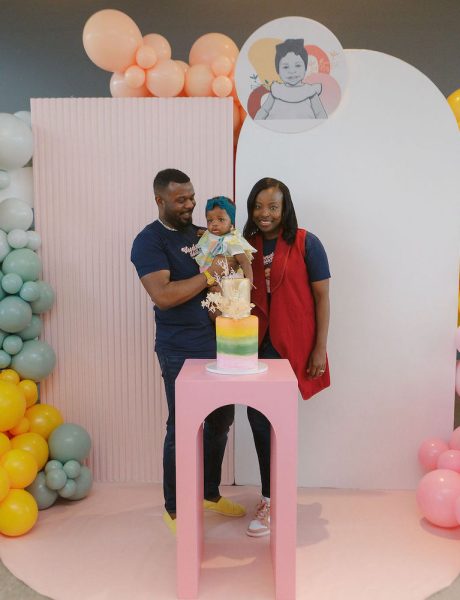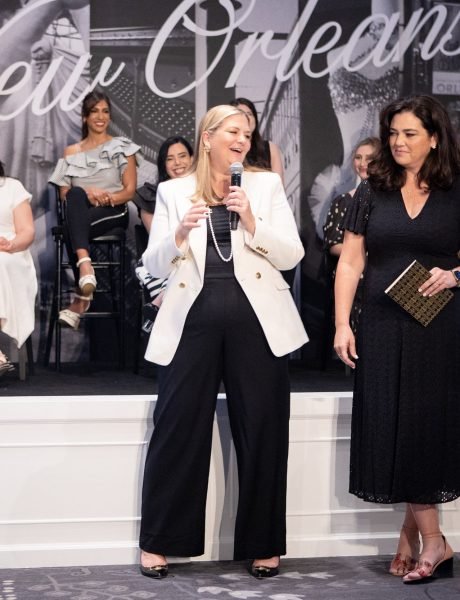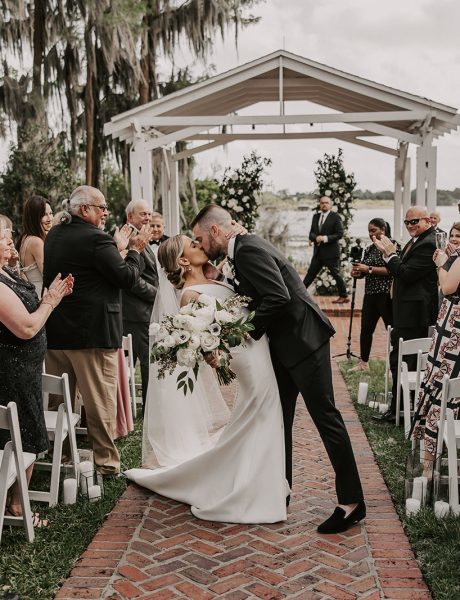
If you felt like 2018 was just not your year when it came to financial health, you’re not alone! Girl, we feel you. In fact, America feels you. Financial literacy is something that the majority of the population struggles with year after year. Whether it’s enormous student loan repayments, huge credit card debt or just never having enough cash around, money management is tough.
However, we believe 2019 is the year to change all that. In fact, this is the year that you set financial goals and achieve them! If you’re not sure where to begin, try one (or all!) of our five actionable personal finance tips. These small but mighty changes to how you look at, understand and save money will make a huge difference in your year – and the rest of your life!
-
Educate Yourself with Books, Podcasts, Apps, and Courses
We know what you’re thinking. You want to know how to save money, not get homework!
However, educating yourself about all aspects of finance isn’t only important, it’s also never been easier. There are tons of books, videos, blogs, apps and full-length courses dedicated to helping you understand things like investing, retirement plans, taxes, buying your first home, eliminating debt and budgeting.
Call to Action: Absorb a piece of material on a financial topic every week. Listen to one podcast episode, read a blog post from a finance expert or even snag a book. Make education a priority and you’ll up your financial literacy in no time!
-
Change Your Money Mindset
It’s time to make minimum payments and maxed out credit limits a thing of the past. One way to do this is changing your money mindset! You’ve probably heard this phrase thrown around quite a bit, and it refers to how you relate to your money. Most people with poor financial health have a scarcity mindset, or the feeling that they never have enough money, they must spend it quickly before it’s gone, or never spend it at all! In contrast, an abundance mindset is a much more positive mindset. You aren’t afraid of your money or the factors that could diminish it- there is always enough and always an opportunity to make more.
It’s important to unpack any negative associations we have with our money and leave them in the past! Explore why you think the way you do in regards to your spending habits and try to trace it back to an event that happened or an emotional trigger that makes you spend too much or not enough. Then, kiss it goodbye!
Actionable Goal: It takes 27 days to create a habit, and 90 days to create a lifestyle! Practice affirming your positive money attitude by saying it aloud, journaling about a more positive relationship with money or even create a vision board! Consciously work on infusing your money mindset with more powerful, positive thoughts for at least 90 days.
-
Get Rid of Credit Card Debt
We’re not sure who needs to hear this today, but credit cards are not assets. You do not have additional wealth because you have a $10,000 credit limit. What you have is the opportunity to very quickly owe someone $10,000 PLUS interest.
And interest is a tricky little guy, too! Did you know that with some common interest rates, when you only pay the minimum payment on your card plus interest you’ve paid close to or over double the cost of the original charges? That spells into hundreds or thousands of of dollars that could have been funneled into your investing portfolio or your emergency fund. We’re not here for outrageous credit card debt in 2019. Let’s make a pact to pay those balances down aggressively this year.
Perhaps you have a lot of credit card debt. We’re talking tens of thousands. When you look at that number, you may get absolutely terrified. In fact, you may not know where to begin. The worst thing you can do is never start paying it at all, so move forward in whatever way works best for you. You can follow a debt-eliminating plan from a company or finance guru (there are tons of courses online!) or simply pick a card and start paying. Find what works for you, and understand that the only wrong way to eliminate debt is by accumulating more debt, or never paying it off at all!
Actionable Goal: Figure out your plan of attack, and goal to at least pay off one card by the end of the year (or a significant portion of the one card you do have.) It’s important to note that whatever motivates you trumps conventional financial literacy here. For example, most experts recommend you pay off the card with the highest interest rate first. However, if you’re the type of person who adds a few things they’ve already done to the top of their to-do list just for the satisfaction of crossing it off, then pay the smallest balance first. Seeing that zero balance will motivate you to tackle the next card, already knowing what it feels like to succeed.
-
Begin Saving and Investing in Earnest
We love a good 401K. These retirement savings plans are often significantly matched by large employers, and unless you get in there and do some tweaking, your investment portfolio generates a small but steady income from sturdy hedge funds.
However, we challenge you to do a little digging this year, and learn the ins and outs of stock trading and investment. This is not a financial arena that belongs solely to suits-and-ties at the top of high-rises! The stock market is a game of risk and reward, and you will quickly determine what your investment style is by experimenting in a hands-on but controlled fashion. For example, are you an aggressive investor who seeks out promising startups and assumes high risk of failure for high reward? Or do you prefer to play it safe with hedge funds and investing stock in a few established companies that will generate a return over decades? You won’t really know unless you try!
Actionable Goal: Using a tiny percentage of your investment, buy and sell a few stocks. (We’re talking five or ten, not hundreds!) Learn about price alerts and price triggers, researching potential companies and keeping tabs on your portfolio companies performance in the news. This will help you talk with your investment manager and really understand what is going on in those 401Ks, investment accounts and IRAs!
-
Make That Emergency Fund!
One of the more astonishing stats on the health of our wealth is that most Americans don’t have enough money in the bank to cover just one emergency. That scary fact comes from the Federal Reserve’s 2016 survey on the health of household finances.
Basically, the average medical emergency is about $1000. But 44% of Americans said that even a $400 medical bill would have to be covered by borrowing or selling something! Not only is this stressful and difficult to navigate in the short term, the risk of defaulting on other payments or racking up additional debt to cover the expense is just too high. Since we’re all about flourishing in 2019, we think this personal finance tip is a must: build up that emergency fund!
Actionable Goal: Establish an emergency fund with a minimum of $1000 for every member of your household. Most banks and credit unions will allow you to open another savings or checking account for free or with relatively low cost. However, if you struggle with spending temptation, make it a little harder to access the fund regularly. And if you have a large family, don’t worry! Keep adding to the fund over time when you can. Even setting aside a thousand dollars by the end of the year will make you more financially healthy that half of the country!
Financial health and well-being is more achievable than we think. Oftentimes our biggest barrier is our preconceptions about money and ourselves! If you take on any, all or none of these finance tips in the coming year, keep these main takeaways in mind:
Financial health is attainable. The only thing stopping you from your financial literacy journey is a Google search. The stock market is not a scary place. And finally, your future is worth investing in.
























